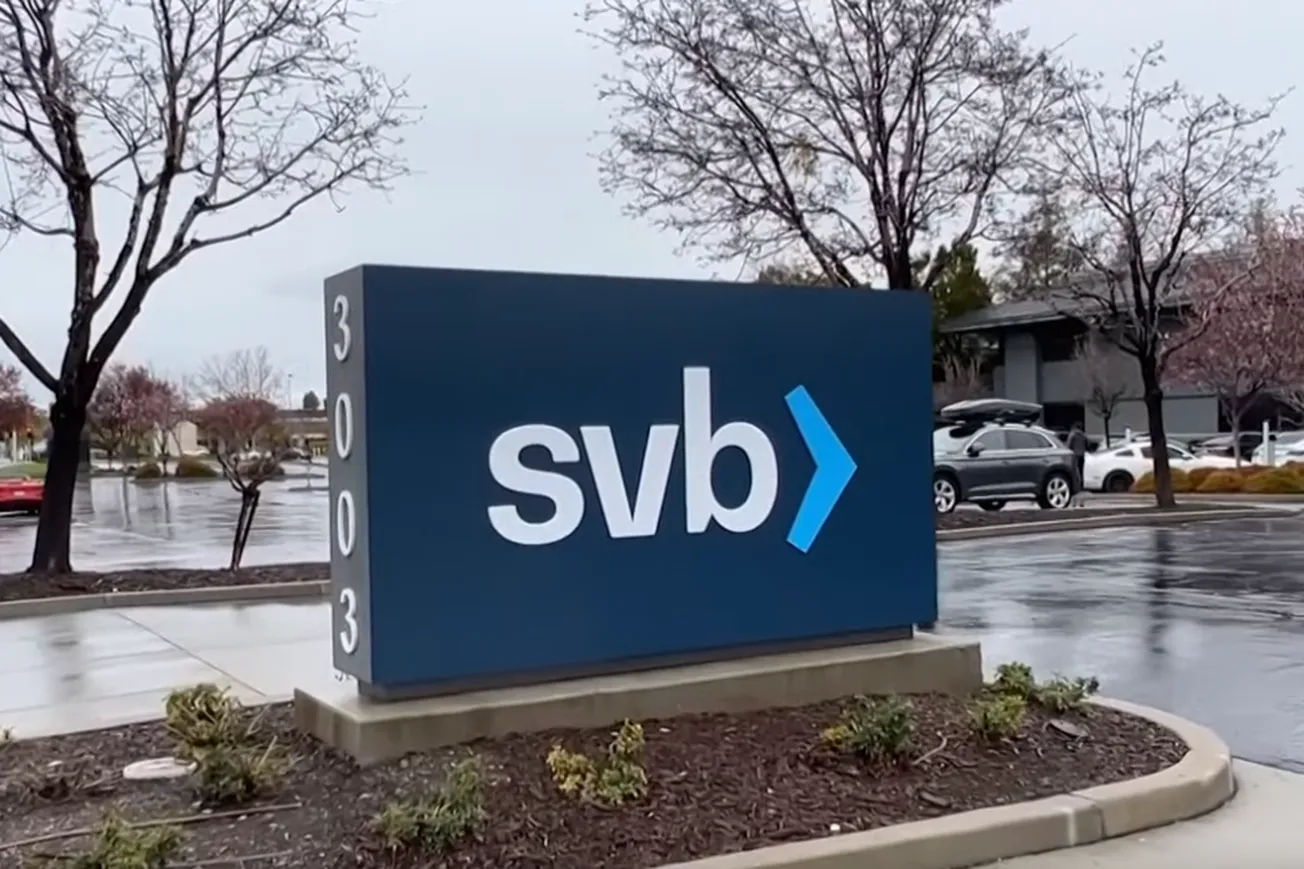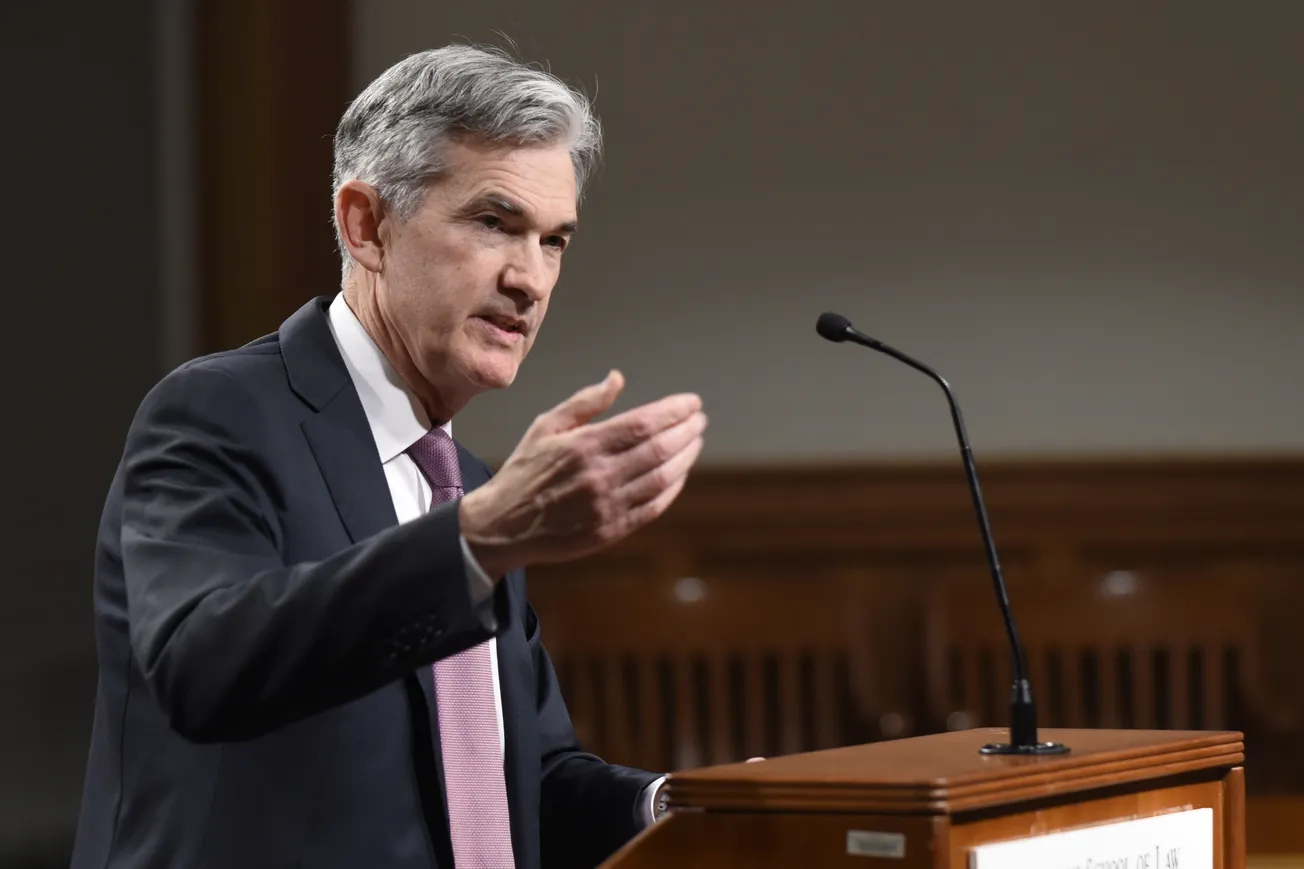Steve Hanke And Caleb Hofmann for Daily Caller News Foundation
Nobelist and high priest of economic theory Sir John R. Hicks once said: “There is nothing more important than a balance sheet.” With the collapse of Silicon Valley Bank (SVB) on Friday, those words rang true.
Neither SVB’s management nor government regulators were paying attention to SVB’s balance sheet, or if they were, they didn’t understand it. We not only fully agree with Sir John, but would also add that there’s nothing more important than a term sheet, which lays out the financial terms of a business agreement.
What is the U.S. government’s solution to the collapse of SVB? The U.S. Treasury, Federal Reserve and Federal Deposit Insurance Corporation (FDIC) will fully back depositors of SVB and apparently any other cat and dog with a bank deposit. And when it comes to the word “bailout,” U.S. Secretary of the Treasury Janet Yellen assures us that “we are not going to do that.”
Even though Yellen has taken significant liberties with the definition of “bailout,” in the end, she might have a point. The government’s “bailout” of SVB is not really a bailout: it’s a gift.
So, what about the all-important term sheet? The Federal Reserve has just published its “Bank Term Funding Program,” in which it lays out how it will provide liquidity to U.S. depository institutions during the current turmoil. The Fed is offering one-year advances to eligible borrowers (read: banks, savings associations and credit unions) in exchange for collateral, such as U.S. treasuries and mortgage-backed securities.
The twist is a big one: the Fed will value the collateral at par.
For example, if a depository institution is holding $100 million worth of eligible securities trading 10 cents below par value, its securities are worth $90 million in the market. Under the Fed’s Bank Term Funding Program, the depository institution could then post $90 million worth of securities as collateral, and receive a $100 million term advance from the Fed.
The Fed, in essence, has decided that hedging interest rate risk is no longer the job of commercial banks. Why hedge interest rate risk if the Fed will cover your losses? The Fed has become Santa Claus for banks, and below-par-value securities are the milk and cookies.
With the blessing of Janet Yellen, Martin Gruenberg (the head of the FDIC), and Jerome Powell, banking is now a government-backed business. As Andrew Ross Sorkin of The New York Times put it today, “Once the government guarantees all deposits, the “business” of banking isn’t much of a business.”
Indeed, if the FDIC will insure all deposits — even those above $250,000 — and the Fed will cover banks’ balance sheet losses, what work will commercial bankers actually do? Very little.
But that’s not the end of the story. Under such a government-backed regime, a massive amount of moral hazard will be injected into the commercial banking system. Moral hazard? That’s when banks are incentivized to take more risk because someone else, in this case, the American taxpayer, will foot the bill if something goes wrong.
And that’s not all. As night follows day, excessive interventionism is always associated with more regulation. And, with tighter restrictions on commercial banks, the shadow banking system will proliferate. This is exactly what happened after the 2007-2008 financial crisis, when the passing of the Dodd-Frank legislation throttled commercial banks, and the size of the shadow banking system increased by 75% in the seven short years between 2010 and 2017.
That poses a threat to the stability of the financial system. And, while stability might not be everything, everything is nothing without stability.
Why does shadow banking pose a threat to stability? After all, prior to the 2007-2008 financial crisis, shadow banks were considered “safe” because they hedged their liabilities with credit puts, often provided by large banks. But, when the credibility of these large banks, or the “put-providers,” came into question, the shadow banking system collapsed and contributed to the financial crisis and ensuing recession.
After the U.S. Treasury, FDIC, and Federal Reserve failed to anticipate the collapse of SVB, they have now applied a band-aid to the wound. But, by applying the band-aid, they have opened up a new set of wounds.
Original article link









